

Position: Senior Lecturer, Department of Electrical and Computer Engineering, University of Canterbury. Field: System design, embedded systems, software engineering, Organisation: As a child, Dr ...
READ MORE
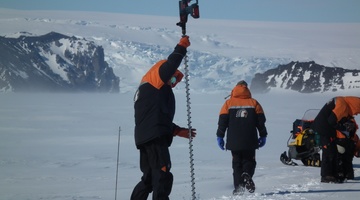
Position: Director, Gateway Antarctica, and Professor, School of Earth and Environment, University of Canterbury. Field: Glaciology and remote sensing Dr Wolfgang Rack, a senior lecturer and ...
READ MORE

Position: Professor and Associate Head, School of Physical & Chemical Sciences, University of Canterbury. Former Director of Gateway Antarctica. Field: Atmospheric physics Dr Adrian McDonald ...
READ MORE
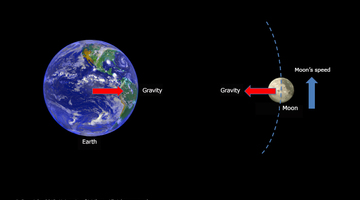
In this activity, students use a simple true or false interactive tool to categorise facts. This activity could be used as a formative activity to gather students prior knowledge and ...
READ MORE
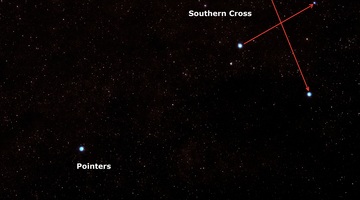
In this activity, students observe how the Moon appears to move across the sky each hour, as well as over several days. They discuss how both the rotation of the Earth as well as the satellite ...
READ MORE

In this activity, students use a scale model of the Earth and identify altitudes of various satellites. They then use a smaller object on a string to model gravity and satellite motion. By the ...
READ MORE
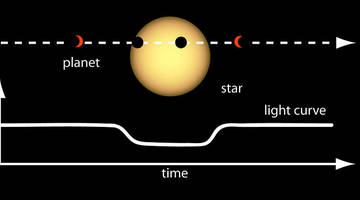
Search data from NASA’s Kepler spacecraft for the dips in star light intensity caused by exoplanets – planets that orbit stars other than the Sun. As these exoplanets pass between the star and ...
READ MORE

Help astronomers at Las Cumbres Observatory, California, study exoplanets – planets that orbit stars other than our Sun. Do this by interpreting images taken by their telescopes in Hawaii ...
READ MORE

Globe at Night is an international citizen science campaign to raise public awareness of the impact of light pollution by inviting citizen scientists to measure and submit their night sky ...
READ MORE
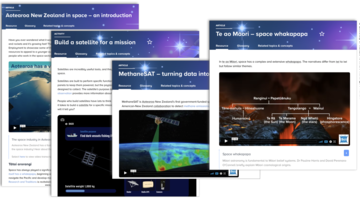
Bring some awe into your classroom. The Science Learning Hub has developed a suite of resources designed to grow Aotearoa New Zealand students' interest in space. Join us to discover ways to ...
READ MORE
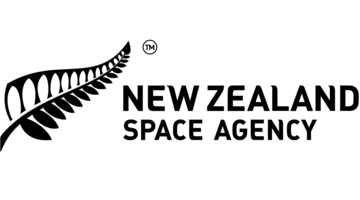
Although Aotearoa New Zealand is a relative newcomer to the international space industry, a deep knowledge of space enabled early Polynesians to navigate to these islands and develop mātauranga ...
READ MORE
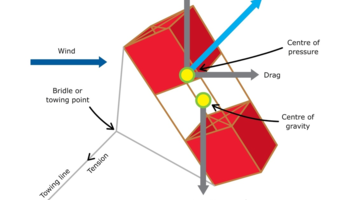
Are you looking for ways to teach forces? If you’re new to the Science Learning Hub, you may want to start with our introductory video on teaching physics. Help, I’m teaching physics Discover ...
READ MORE
Dr Allan McInnes discusses his role in helping NASA design the Mars exploration rovers. He was responsible for ensuring all of the different parts fit together and did their jobs! Points of ...
READ MORE
Dr Allan McInnes explains why satellites need large rockets to launch them into orbit and why many satellites are launched from near the equator. Point of interest: A satellite in an equatorial ...
READ MORE
Dr Allan McInnes tells us about forces acting on satellites once they are in orbit, how to keep a satellite in orbit and the purpose of a graveyard orbit. Points of interest: The US Federal ...
READ MORE

This slideshow, from the webinar Aotearoa in space, provides additional support for the video tutorial. Use the Slideshow menu for further options, including view full screen, and go here for the ...
READ MORE
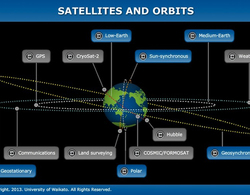
The size, orbit and design of a satellite depend on its purpose. In this interactive, scientists discuss the functions of various satellites and orbits. Accompanying fact files provide ...
READ MORE

Use this interactive graphic organiser to highlight common alternative conceptions about gravity and satellites. Students can place the labels where they think they belong. This activity can be ...
READ MORE